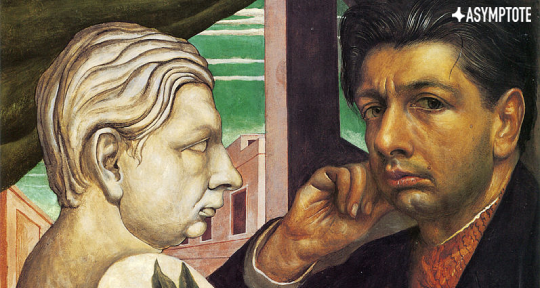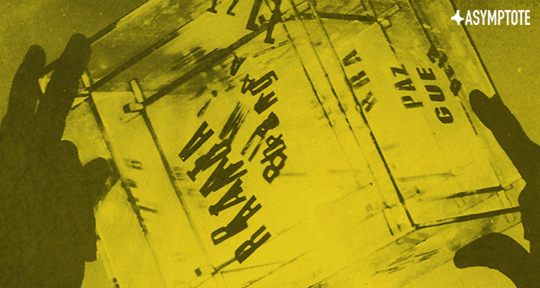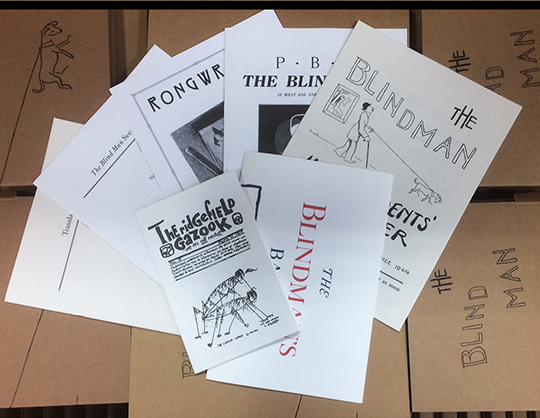Ut pictura poesis. The language of painters has long been a source of inspiration for poets, and a sense of poetics has equally been an irreplaceable element in painting. In this evocative, sensual essay on the iconic painter and poet Giorgio de Chirico (1888-1978), Stefania Heim illustrates the various intersections between literature and visuality, between translation into text and translation into images, and between life and the page. This piece has been adapted from the original introduction of Geometry of Shadows, the first comprehensive and bilingual collection of de Chirico’s Italian poetry and translated into English by Heim, which will be published by A Public Space Books in October 2019.
Sun-scorched piazza, marble torso, rubber glove, arched arcade tossing shadows, smoke puffing from a background train: the landscapes of Giorgio de Chirico’s imagination have become iconic. It is a kind of magic to imprint the scenes created by your yearning onto the malleable backdrop of so many minds.
The uncanny emotive power of de Chirico’s visual compositions has gotten him called a poet, even a great poet. “He could condense voluminous feeling through metaphor and association,” writes art critic Robert Hughes about the painter’s canvases, marveling that, “[o]ne can try to dissect these magical nodes of experience, yet not find what makes them cohere.” Metaphor, juxtaposition, unsettling connections, meaning evoked in the missing connective tissue between somehow familiar objects—these are a poet’s tools. De Chirico cultivated this association. He addresses the two “goddesses:” “true Poetry” and “true Painting.” With allusion, symbols, and mythmaking, he connects his work to the great striving of the ages. READ MORE…



